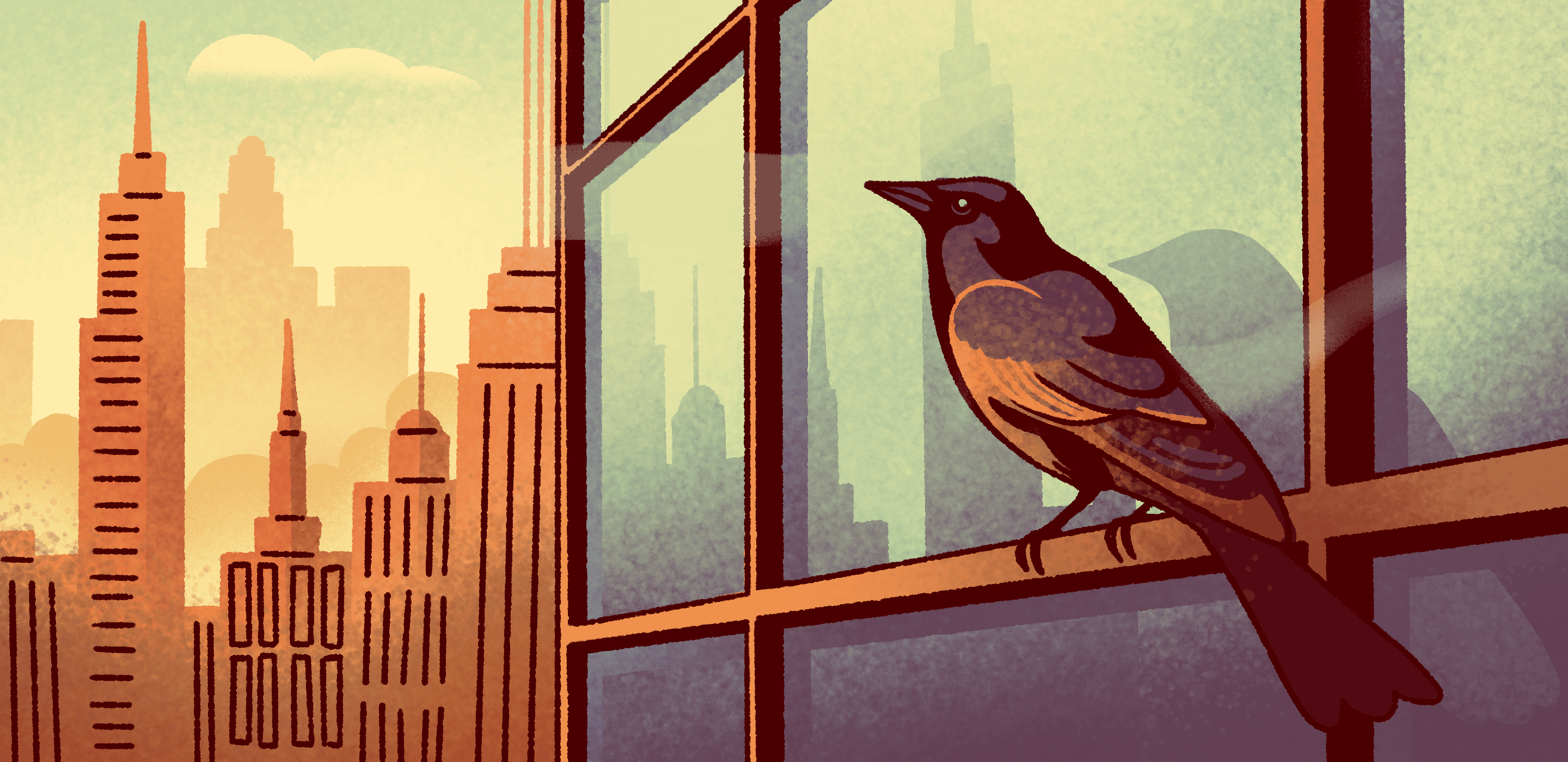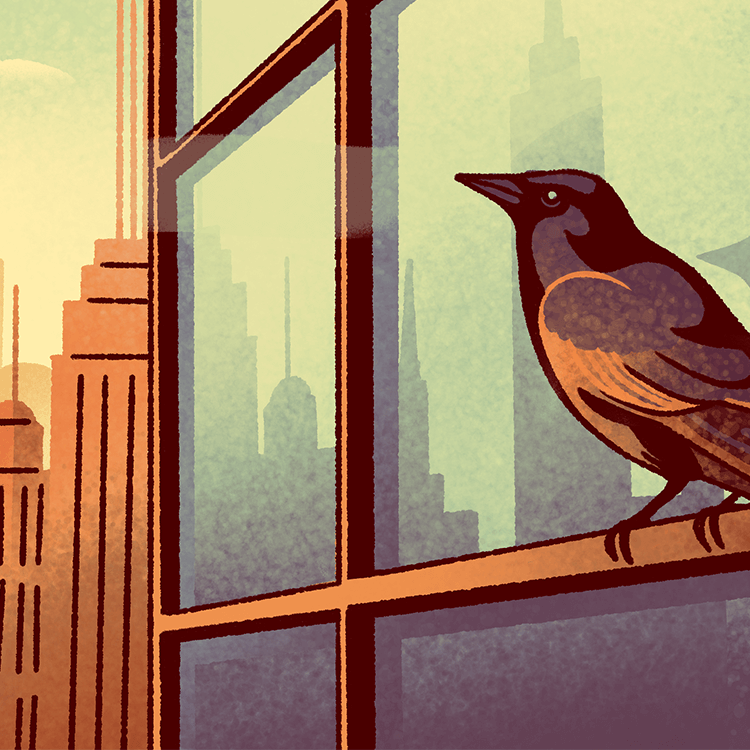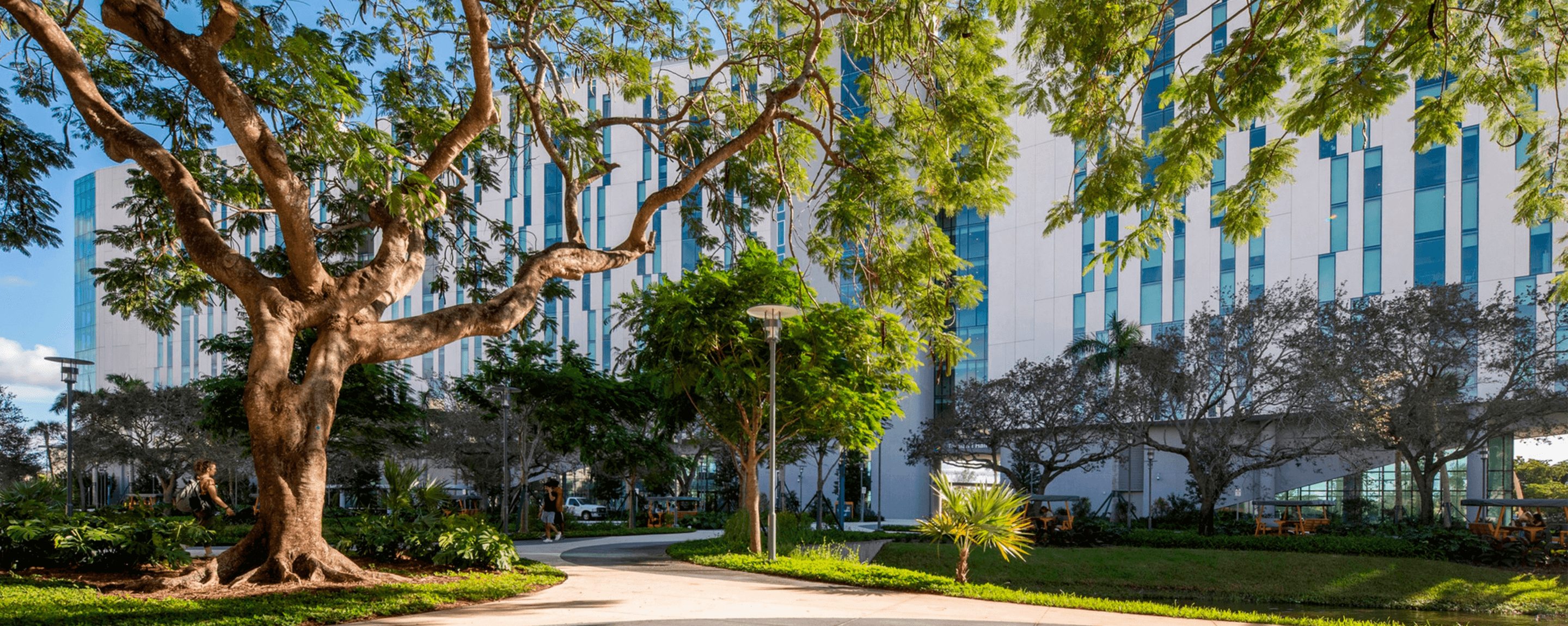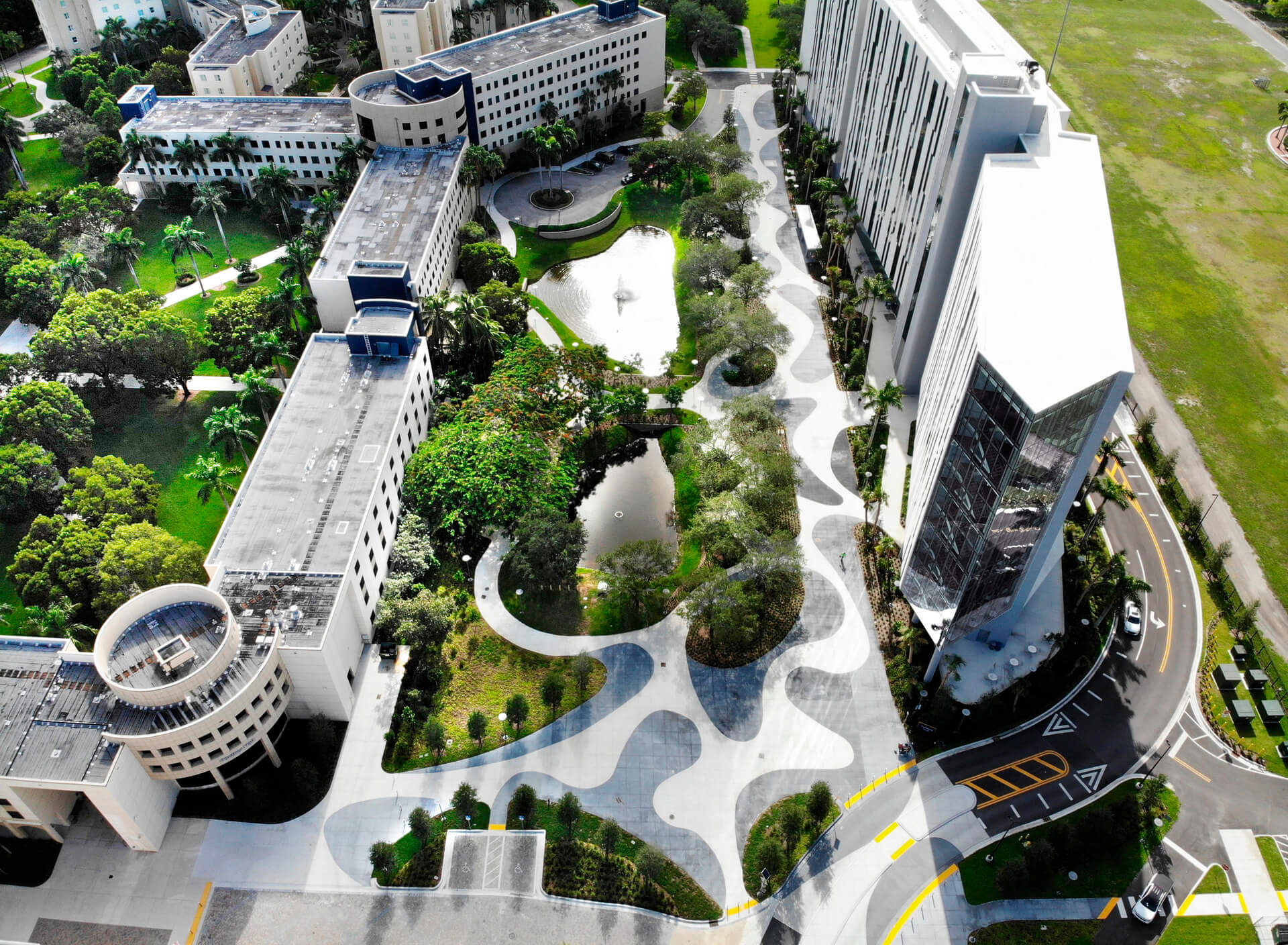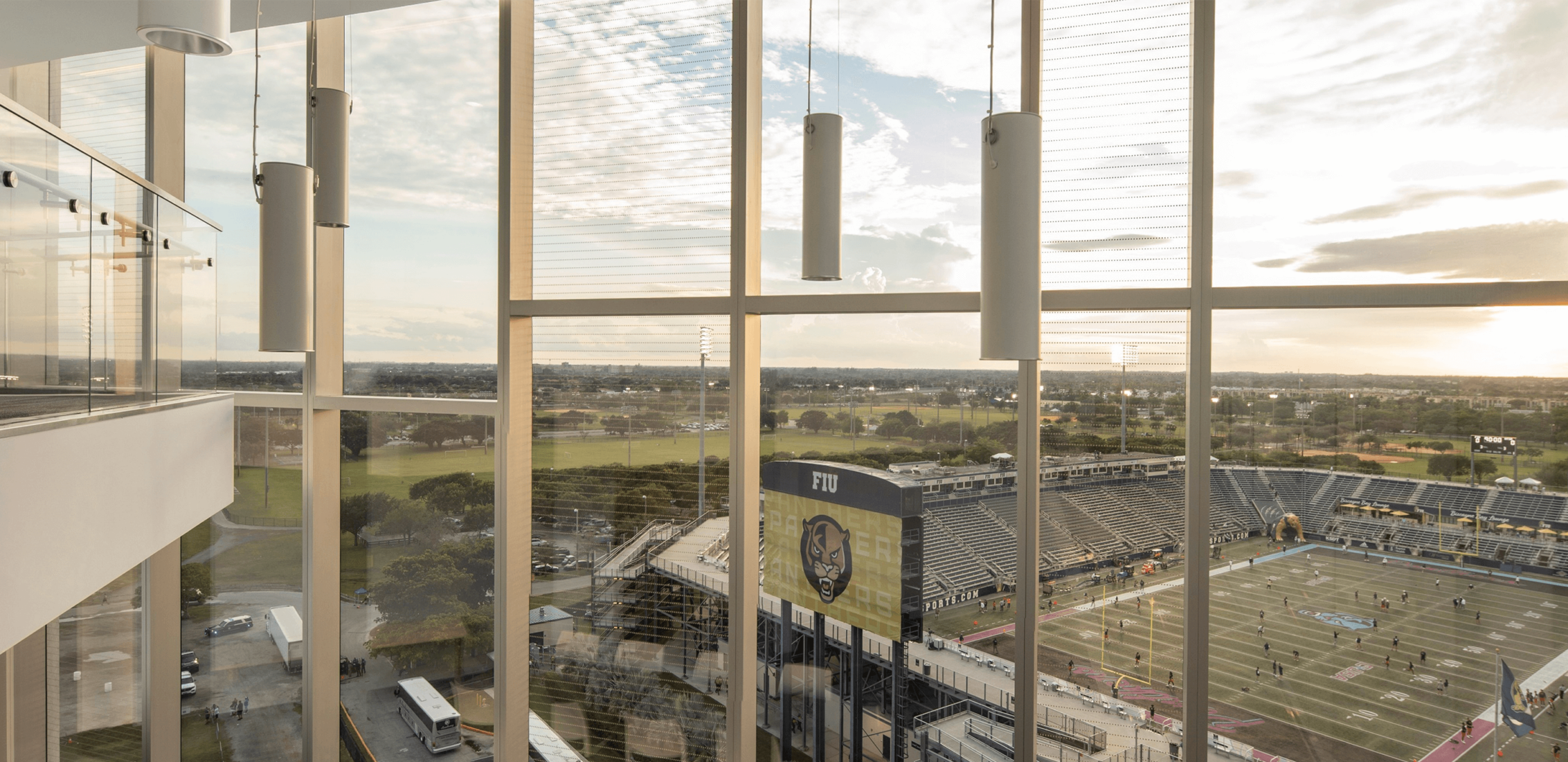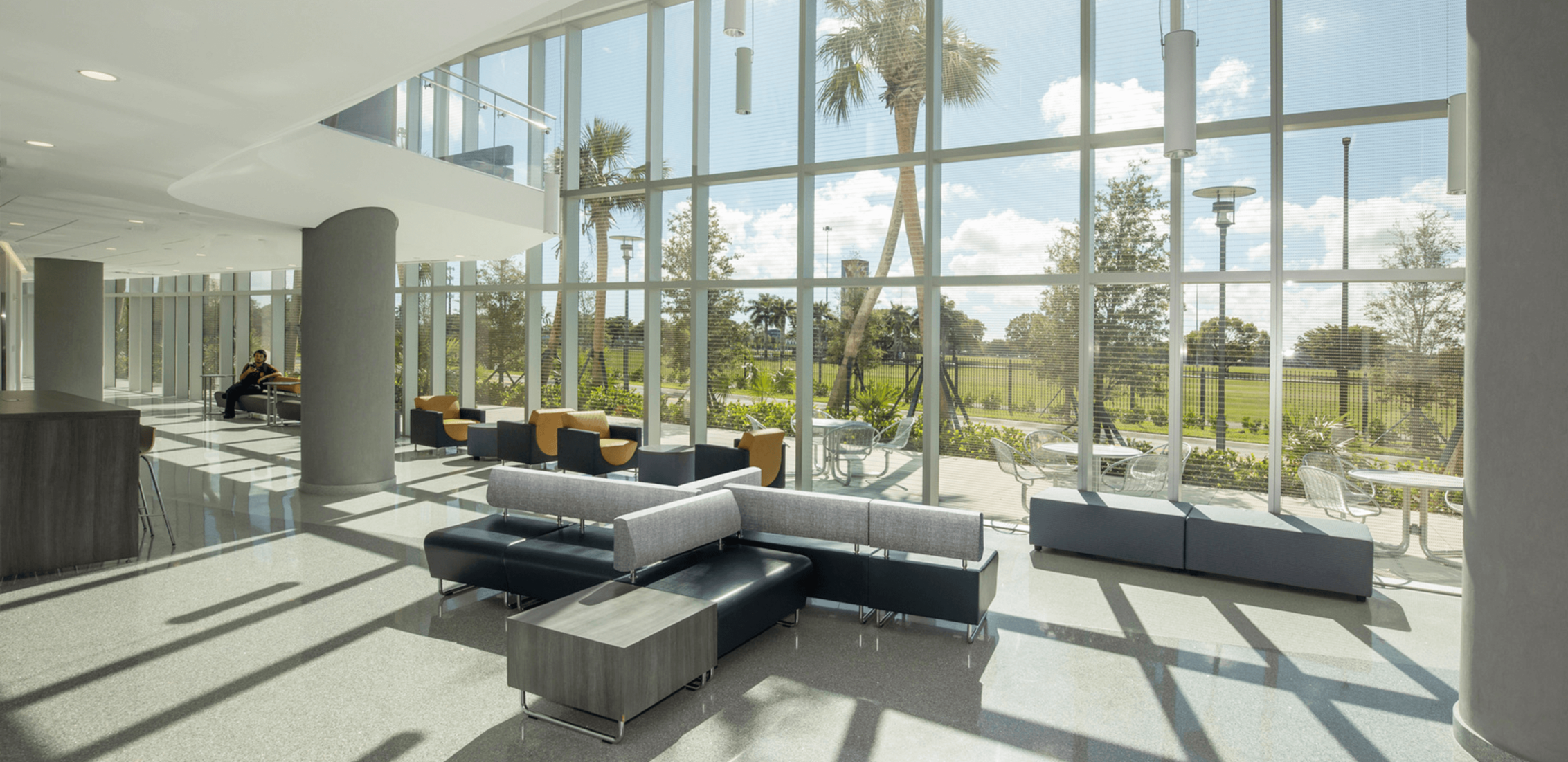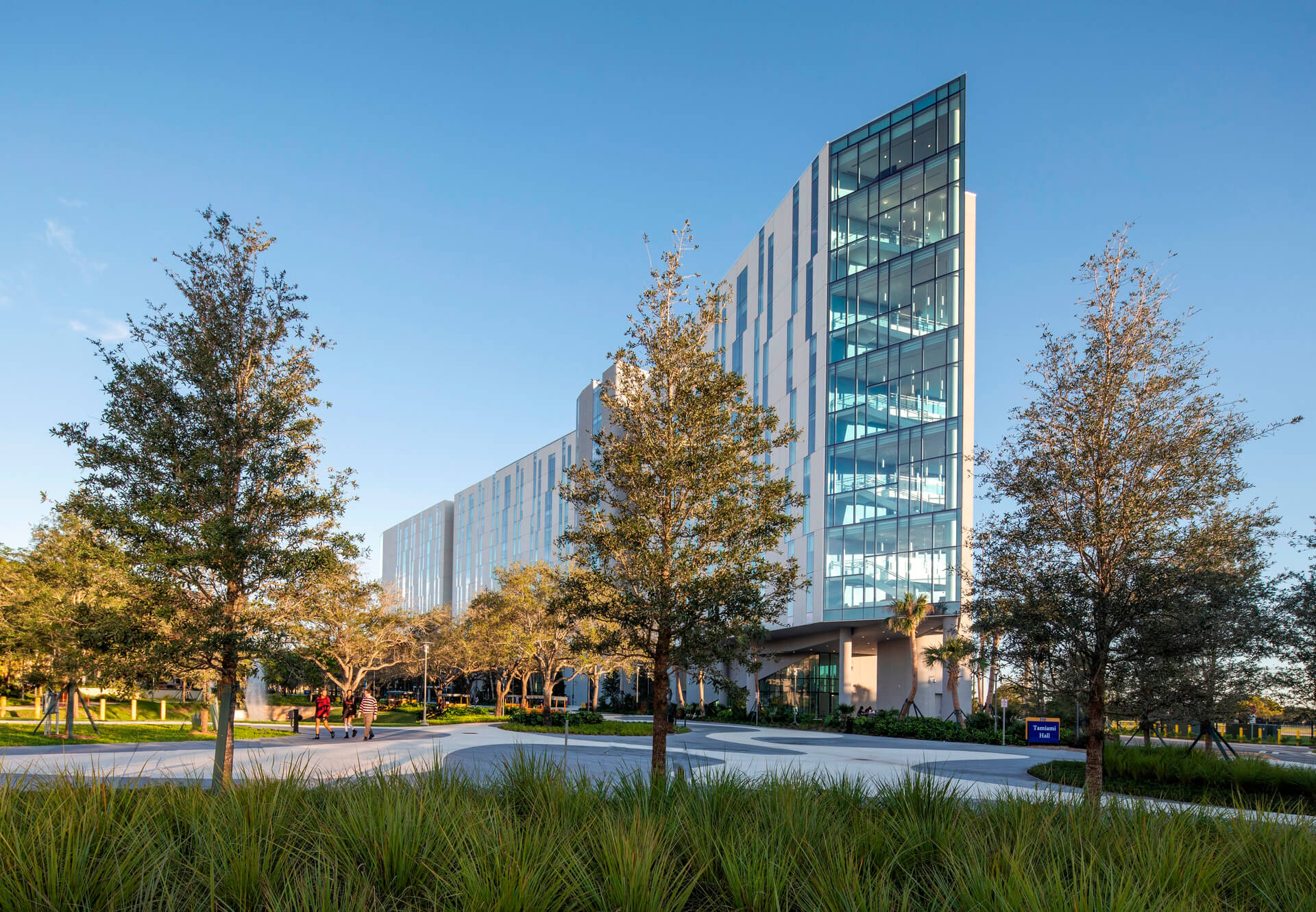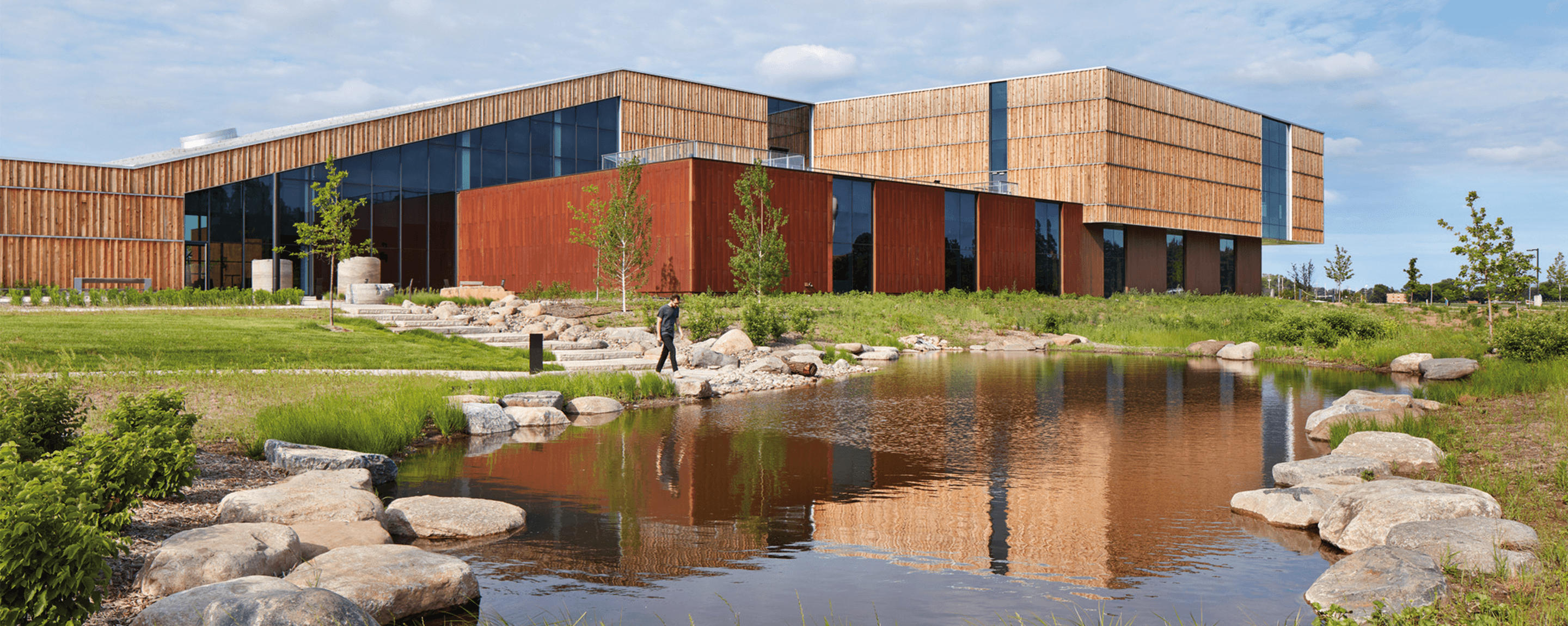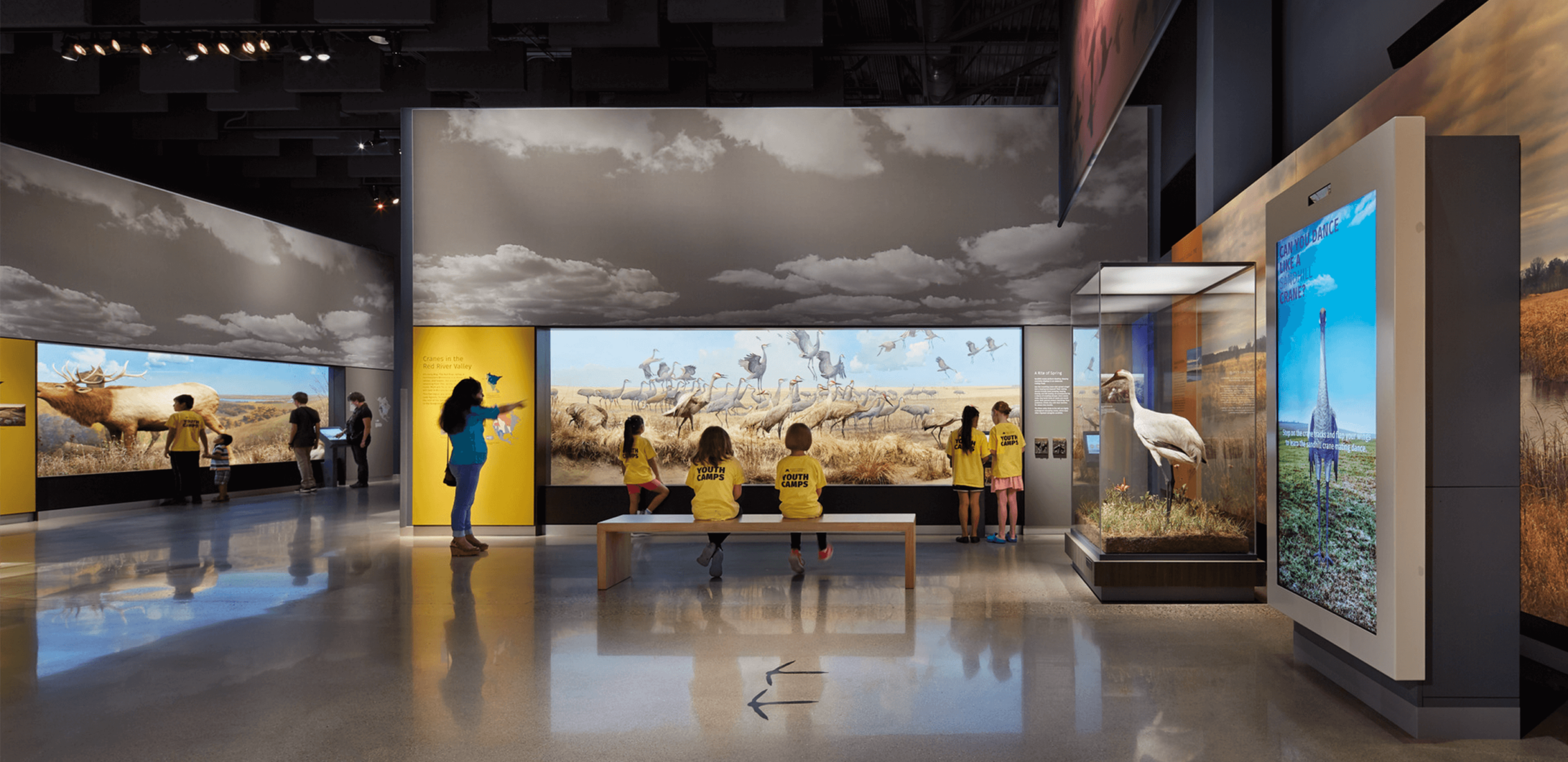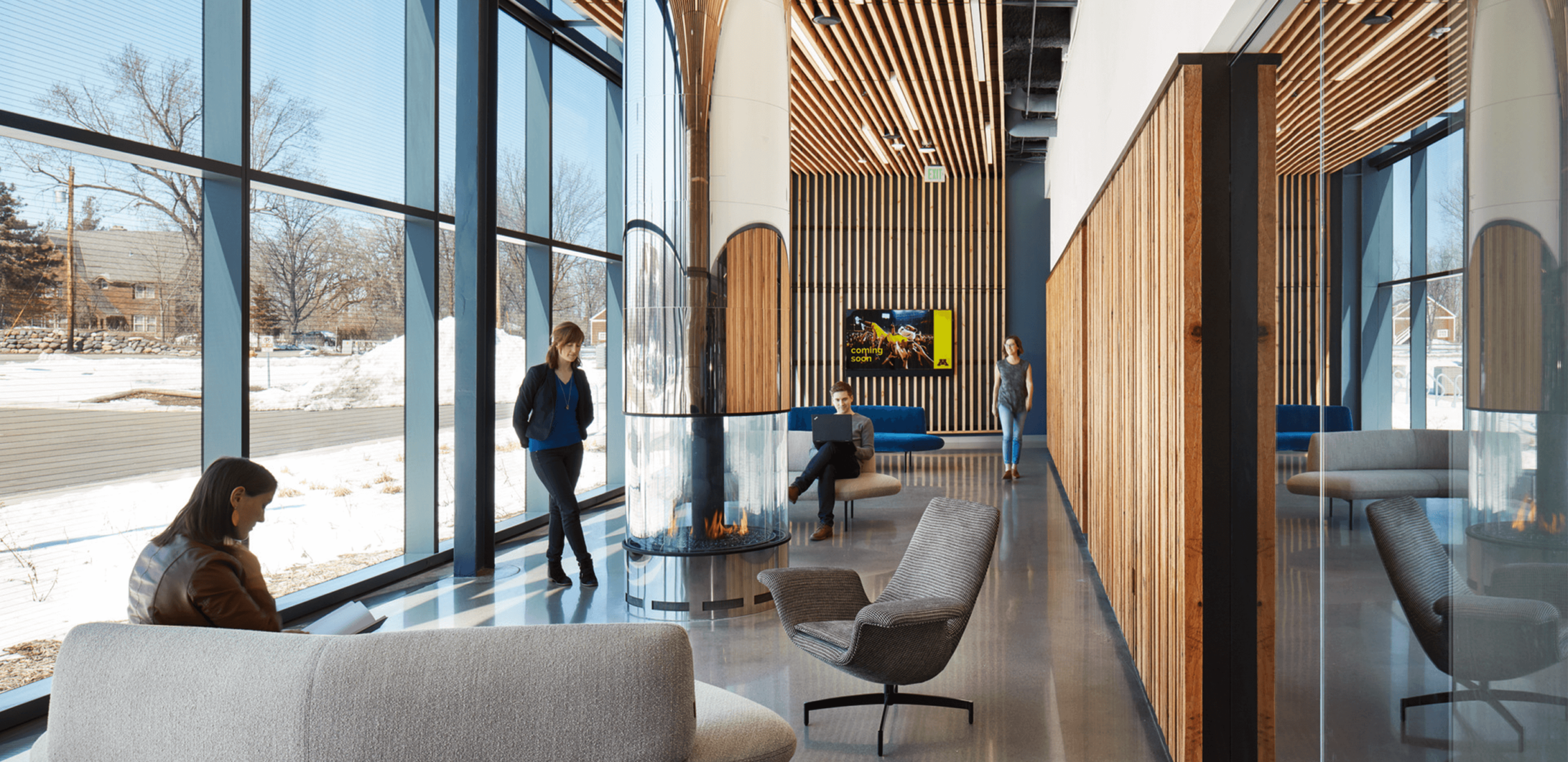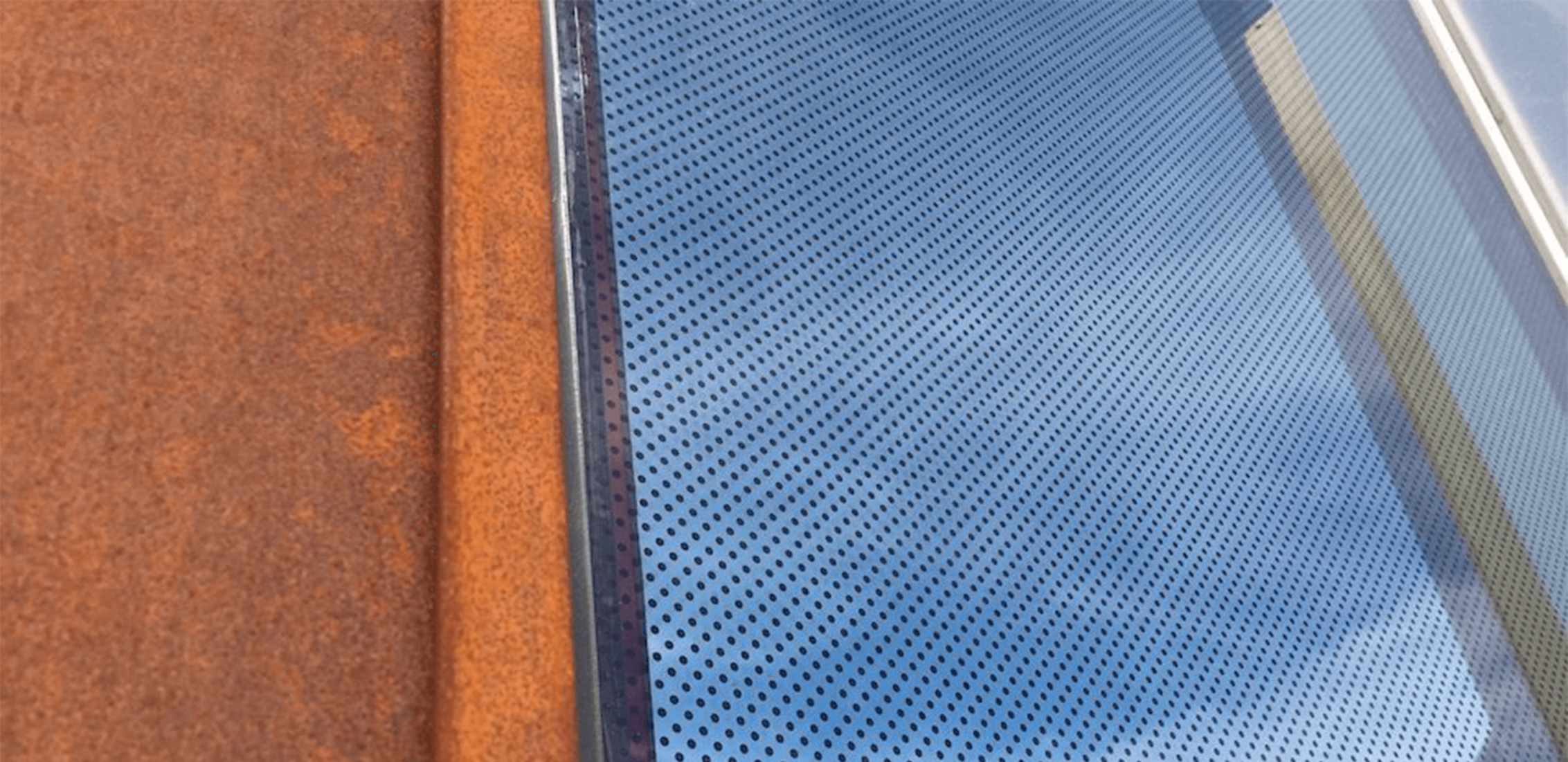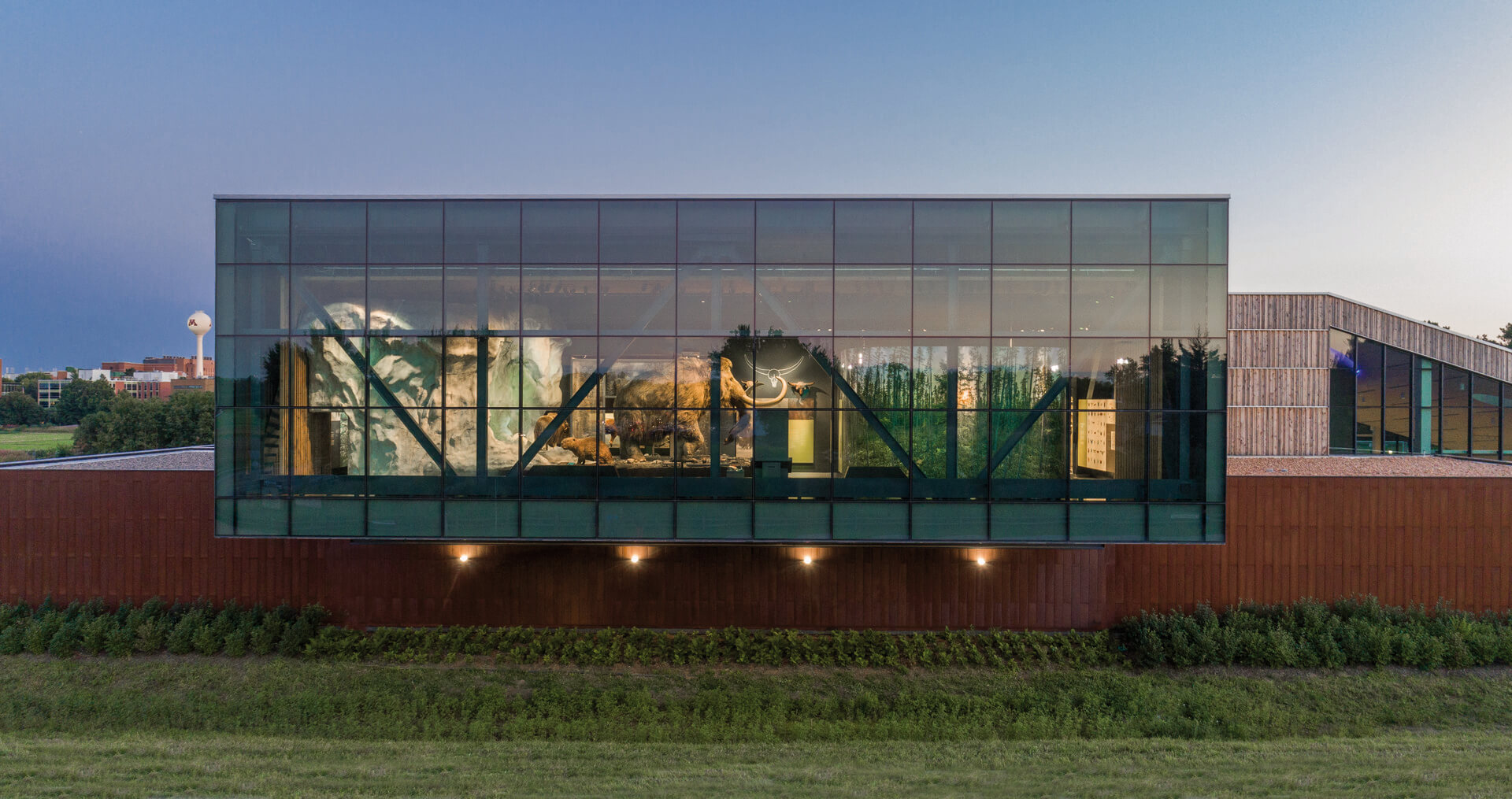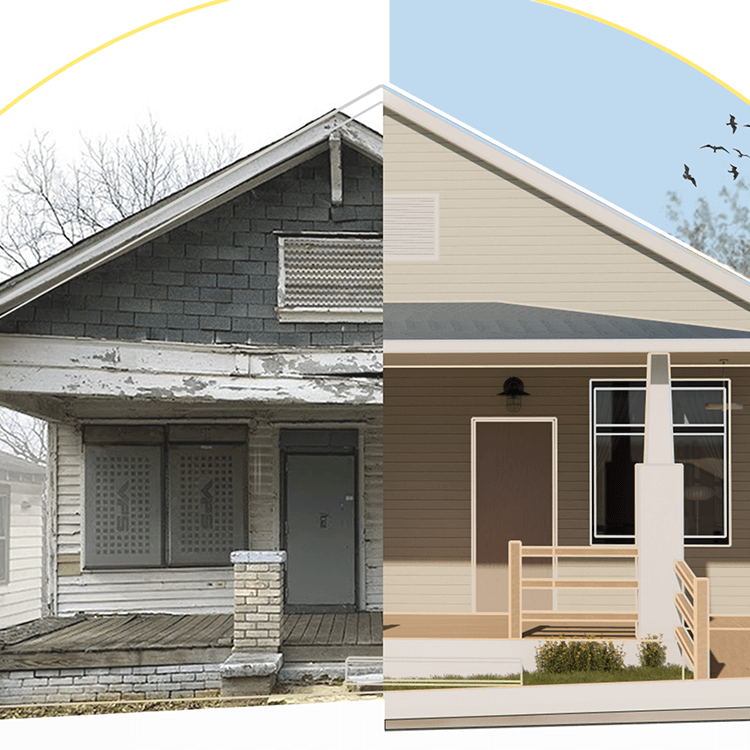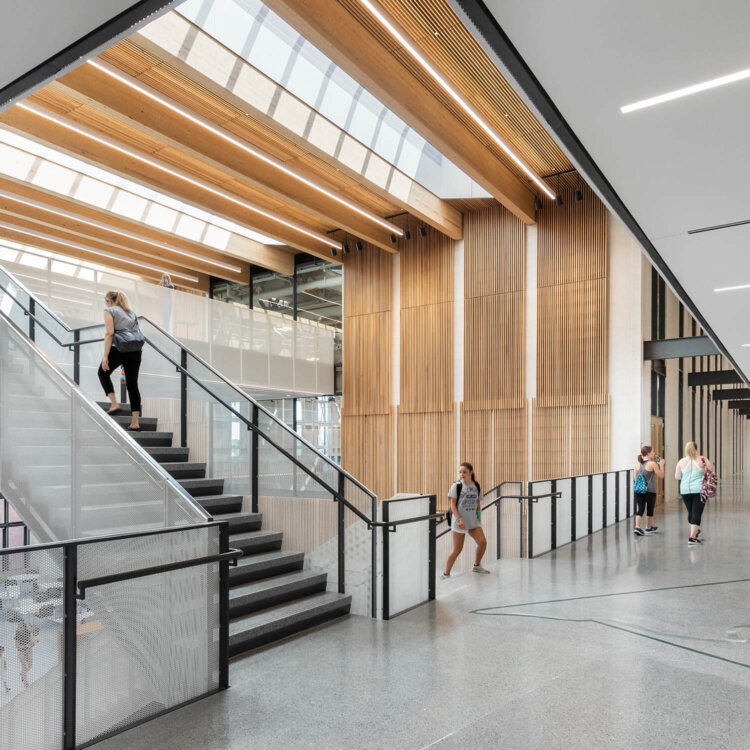Birds are more than just beautiful creatures. They’re pollinators, pest controllers, and ecosystem stewards. They play countless roles in keeping our natural environment healthy. But the sad truth is that their numbers are dwindling. According to the State of the World’s Birds report, nearly half of all bird species worldwide are declining, and one in eight are threatened with extinction. While much of this reduction is due to habitat loss from climate change and human encroachment, as well as predation from invasive species, the built environment is also largely to blame—chiefly large expanses of glass, though other factors come into play.
Part of the problem is that birds don’t recognize glass the way we do. Where we see reflections of the sky and surroundings, they see extensions of their world—often with deadly results. Luckily, awareness of how certain design decisions affect the way birds see buildings is growing and progress is inching forward. Cities like Washington, D.C., San Francisco, and New York have adopted bird-friendly building standards, though federal legislation is trailing behind. There’s still a long way to go, but these cities show that such policies are not only possible, they’re also effective at preventing bird-window collisions. With a bit of urgency and goodwill, we could save millions of birds just by changing a few aspects of how we design our buildings and landscapes.
Here are the stories of two projects that are raising the bar on bird-friendly design:
